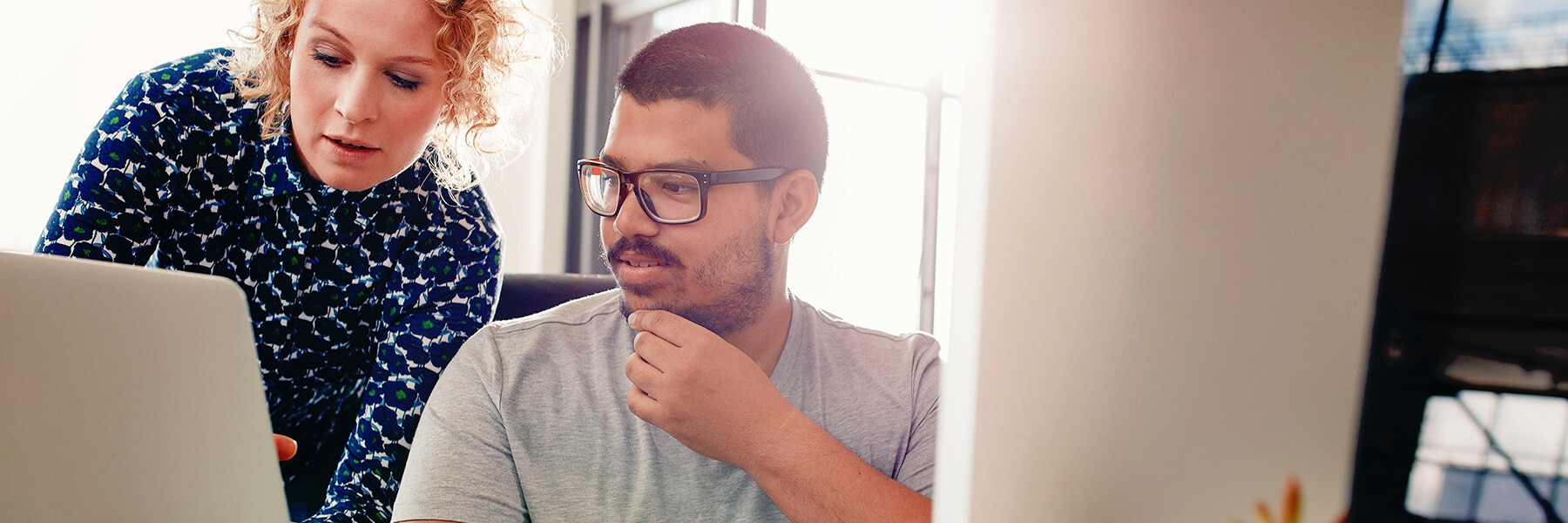About our authors
Randy Knight taught introductory physics for thirty-two years at Ohio State University and California Polytechnic State University, where he is Professor Emeritus of Physics. Professor Knight received a PhD in physics from the University of California, Berkeley, and was a postdoctoral fellow at the Harvard-Smithsonian Center for Astrophysics before joining the faculty at Ohio State University. A growing awareness of the importance of research in physics education led first to Physics for Scientists and Engineers: A Strategic Approach and later to College Physics: A Strategic Approach. Professor Knight’s research interests are in the fields of laser spectroscopy and environmental science. When he’s not in front of a computer, you can find Randy hiking, traveling, playing the piano, or spending time with his wife Sally and their five cats.
Brian Jones has won several teaching awards at Colorado State University during his 30 years teaching in the Department of Physics. His teaching focus in recent years has been the College Physics class, including writing problems for the MCAT exam and helping students review for this test. In 2011, Brian was awarded the Robert A. Millikan Medal of the American Association of Physics Teachers for his work as director of the Little Shop of Physics, a hands-on science outreach program. He is actively exploring the effectiveness of methods of informal science education and how to extend these lessons to the college classroom. Brian has been invited to give workshops on techniques of science instruction throughout the United States and in Belize, Chile, Ethiopia, Azerbaijan, Mexico, Slovenia, Norway, Namibia, and Uganda. Brian and his wife Carol have dozens of fruit trees and bushes in their yard, including an apple tree that was propagated from a tree in Isaac Newton’s garden.
Stuart Field has been interested in science and technology his whole life. While in school he built telescopes, electronic circuits, and computers. After attending Stanford University, he earned a Ph.D. at the University of Chicago, where he studied the properties of materials at ultralow temperatures. After completing a postdoctoral position at the Massachusetts Institute of Technology, he held a faculty position at the University of Michigan. Currently at Colorado State University, Stuart teaches a variety of physics courses, including algebra-based introductory physics, and was an early and enthusiastic adopter of Knight’s Physics for Scientists and Engineers. Stuart maintains an active research program in the area of superconductivity. Stuart enjoys Colorado’s great outdoors, where he is an avid mountain biker; he also plays in local ice hockey leagues.
Contributing author Catherine Hirshfeld Crouch is Professor of Physics at Swarthmore College, where she has taught since 2003. Dr. Crouch’s work developing and evaluating curriculum for introductory physics for life science students has been used by faculty around the country and has been supported by the National Science Foundation. She earned her PhD at Harvard University in experimental condensed matter physics, and then remained at Harvard in a dual postdoctoral fellowship in materials physics and physics education with Eric Mazur, including developing and evaluating pedagogical best practices for undergraduate physics. She has published numerous peer-reviewed research articles in physics education and experimental physics, and has involved dozens of Swarthmore undergraduate students in her work. She is married to Andy Crouch and they have two young adult children, Timothy and Amy.




